Content originally published in October 2018. Updated in March 2023.
Flood resistant building techniques are used to reduce or eliminate the risk of future flood damage to buildings. There are five prominent flood resistant building techniques that each present their own unique benefits and challenges.
Building Relocation
The first and most effective technique is to simply locate the building outside the floodplain. For new construction, this can be accomplished by checking the flood maps and avoiding building within the floodplain. For existing buildings that are located in the floodplain, we can acquire the building and then demolish it, or in some cases, we can physically relocate the building outside the floodplain. In either case, we would deed restrict the site so that no future development could occur there and make sure the site is restored to its natural condition.
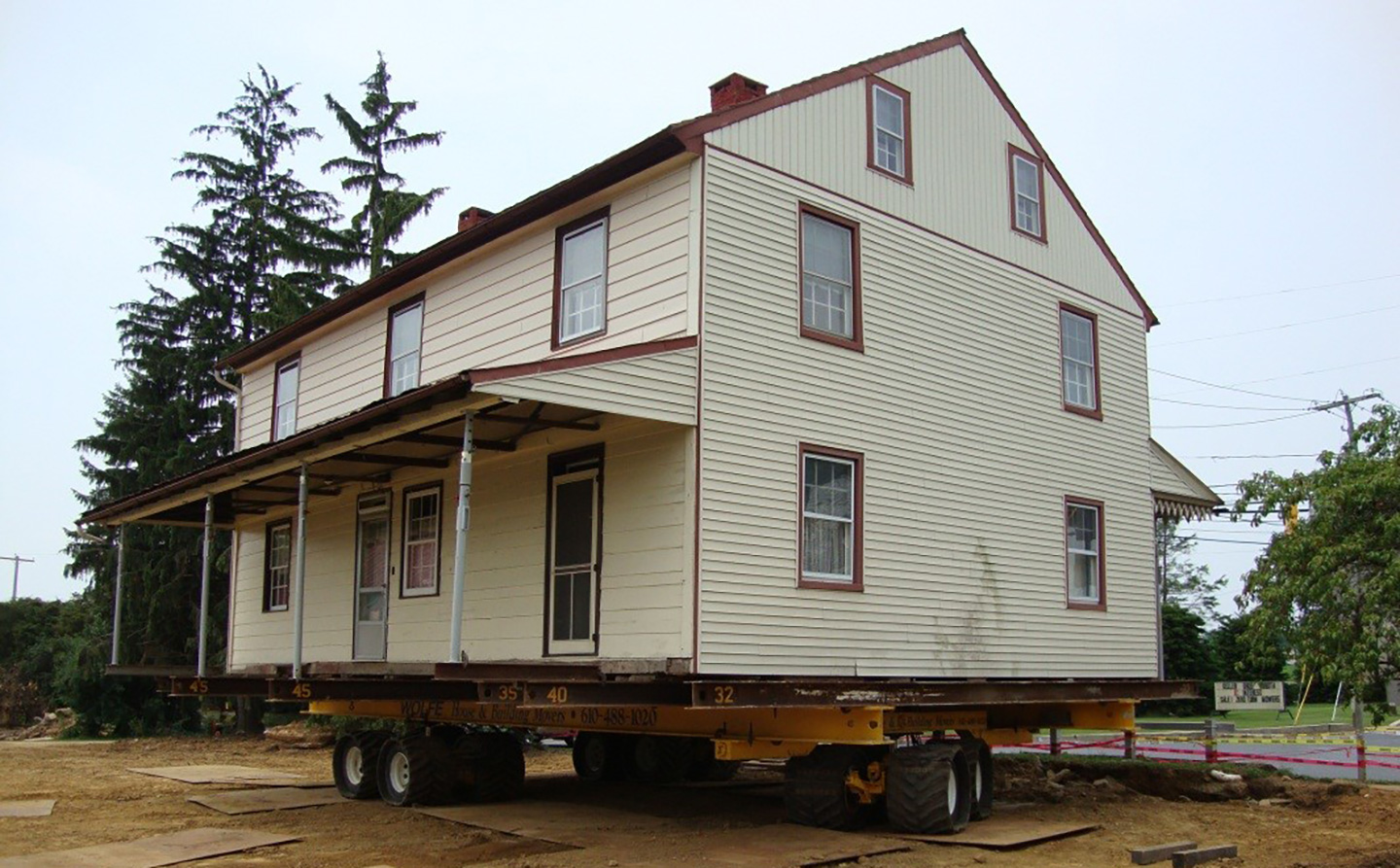 Photo courtesy of FEMA.
Photo courtesy of FEMA.
Building Elevation
The next best flood resistant building technique is to elevate the building above the flood level. For new construction, this can be done by designing the building so that its lowest floor is located at or above the flood level. For existing structures, there's a couple of different ways to accomplish this. We can physically lift the building and build an elevated foundation system underneath it. Alternatively, we can abandon a lower floor, or in some cases, we can demolish the building entirely and build a new elevated building in accordance with local codes and standards.
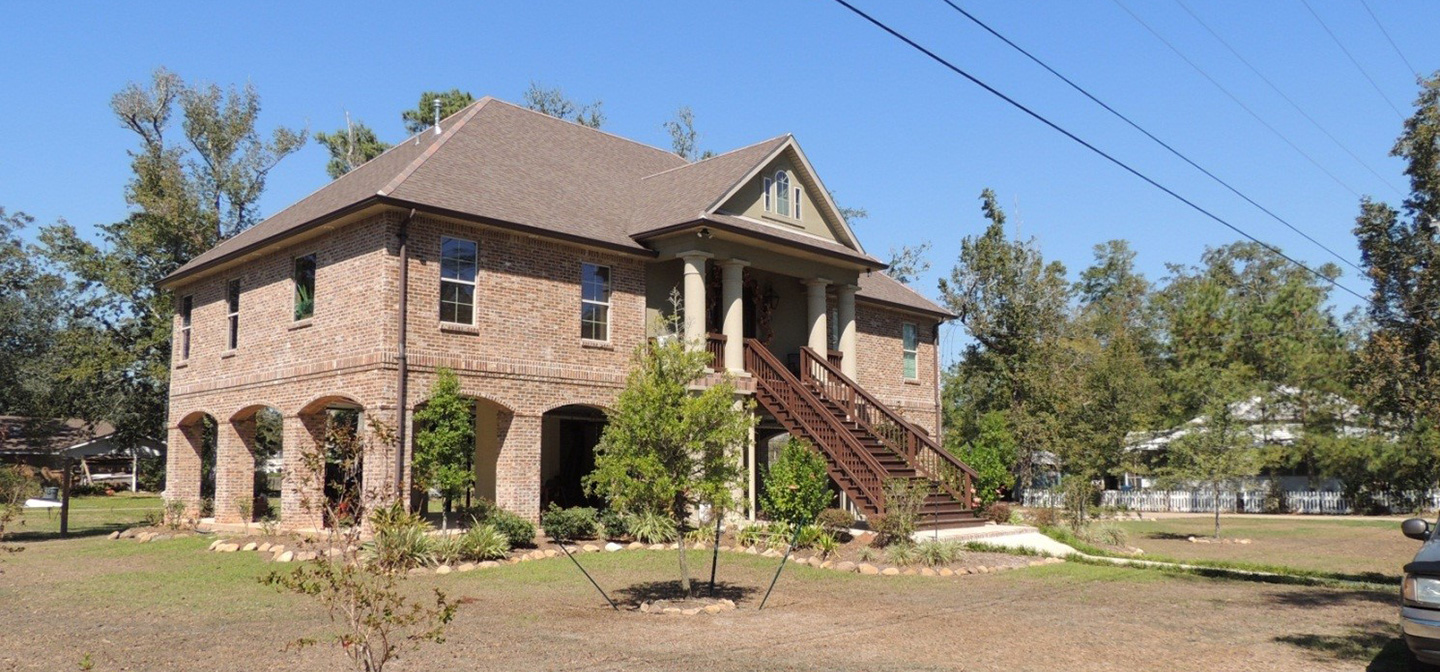 Photo courtesy of FEMA.
Photo courtesy of FEMA.
Dry Floodproofing
If relocating or elevating the building isn’t feasible, then wet or dry floodproofing can reduce the risk of flood damage. Dry floodproofing techniques essentially make the building watertight by adding sealants to the walls, shields to the openings, and secondary drainage and pumps to remove the water that seeps inside the building. This technique is good for concrete or masonry construction with low levels of flooding. But it does require significant levels of maintenance.
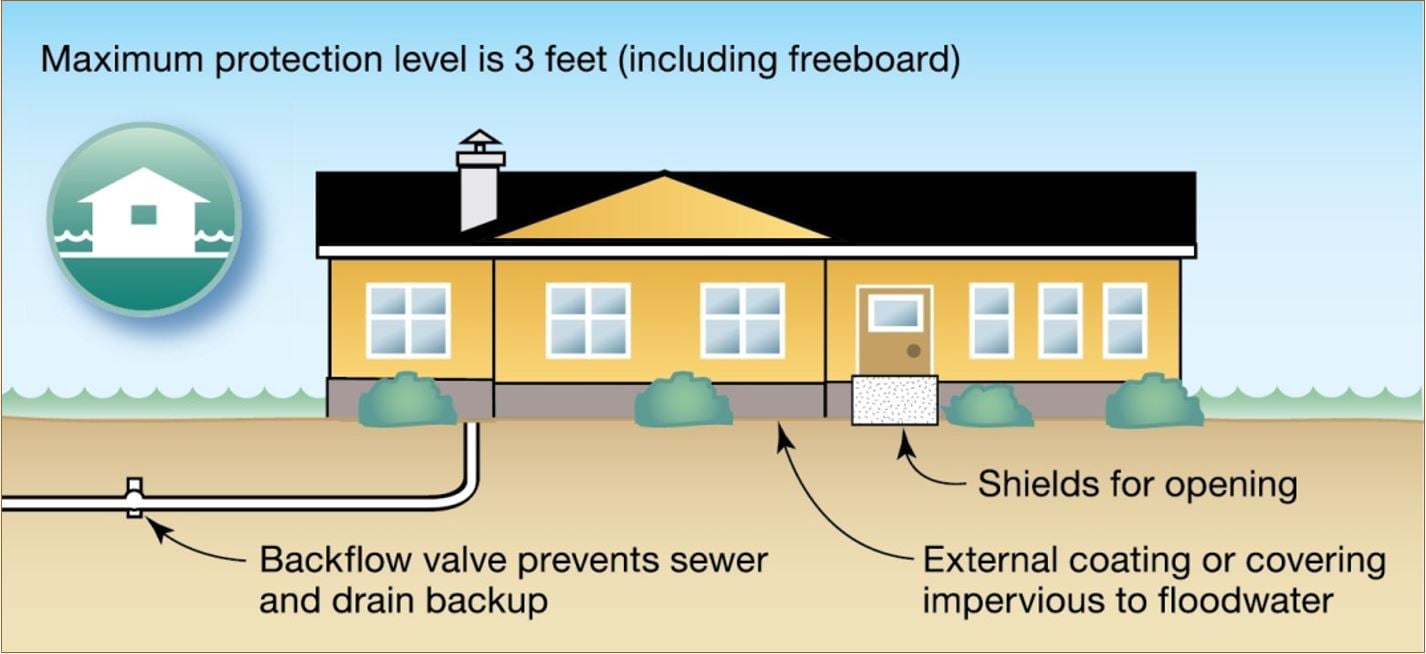 Photo courtesy of FEMA.
Photo courtesy of FEMA.
Wet Floodproofing
By contrast, wet floodproofing techniques allow the water to enter the structure, but use flood damage resistant materials, hydrostatic openings, and protection of key equipment and contents to limit the damage. Wet floodproofing can be an effective and low-cost technique, however, there’s still a significant amount of post-flood cleanup that will need to be done.
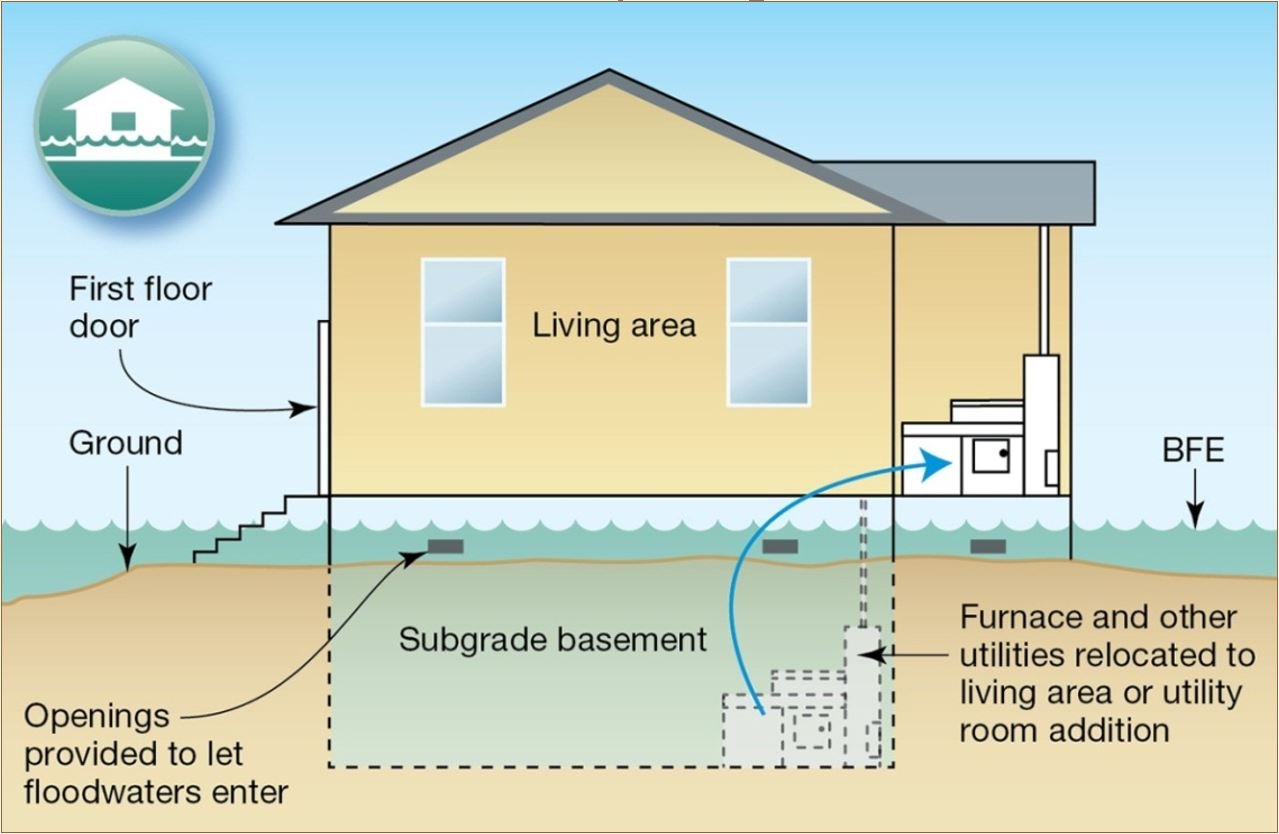 Photo courtesy of FEMA.
Photo courtesy of FEMA.
Permanent Barriers
The last flood resistant building technique is to place a permanent barrier around the structure to prevent flood waters from reaching it. This can be done using a floodwall constructed of concrete or masonry, or using a levee constructed of compacted layers of soil with an impervious core. Both floodwalls and levees do require significant maintenance. In addition, levees will require significant amount of land as well as usable soil materials to construct them.
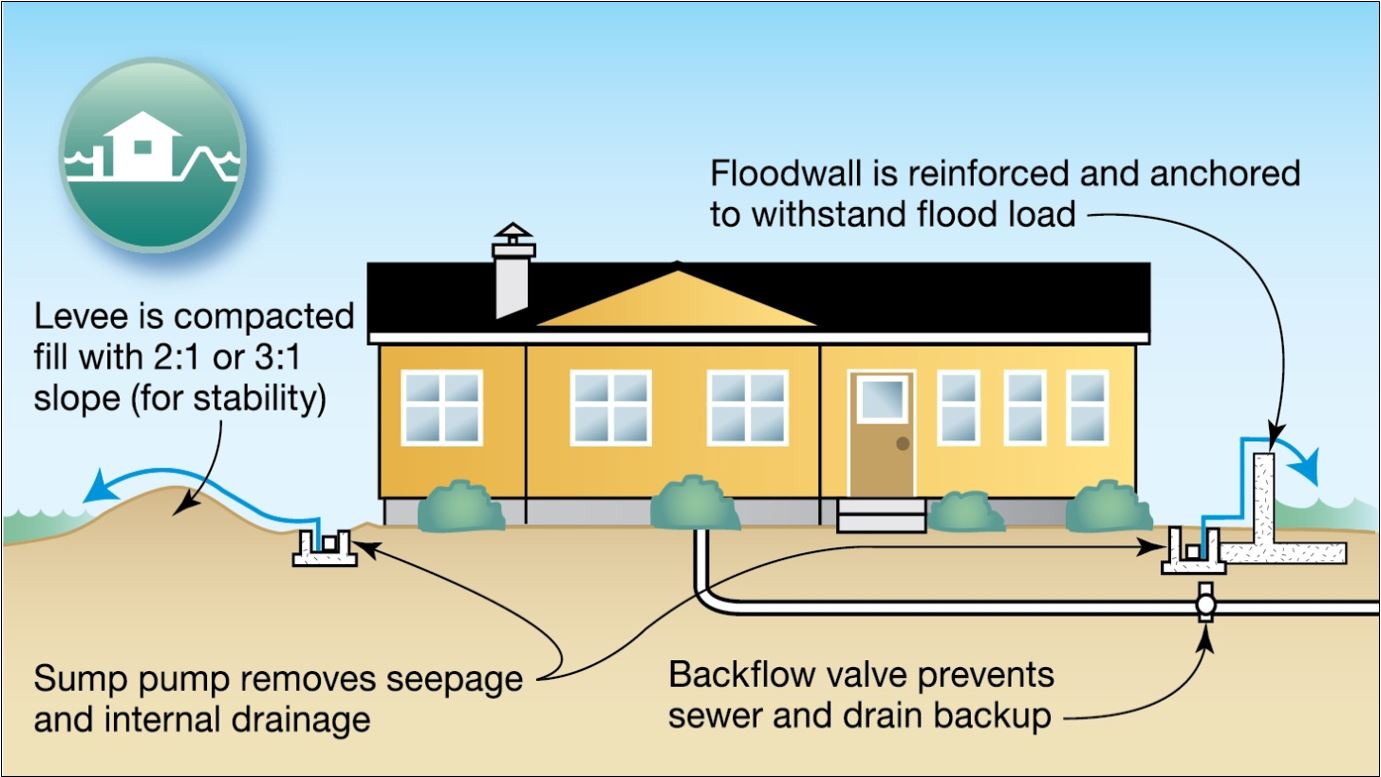 Photo courtesy of FEMA.
Photo courtesy of FEMA.
Check to See if You’re in the Floodplain
You can check if your building is located in the floodplain by going to FEMA's Maps Service Center website and entering the property address. If your building does turn out to be located in the floodplain, then it's important to check with the local floodplain management administrator as some community regulations may restrict or prohibit certain building techniques.